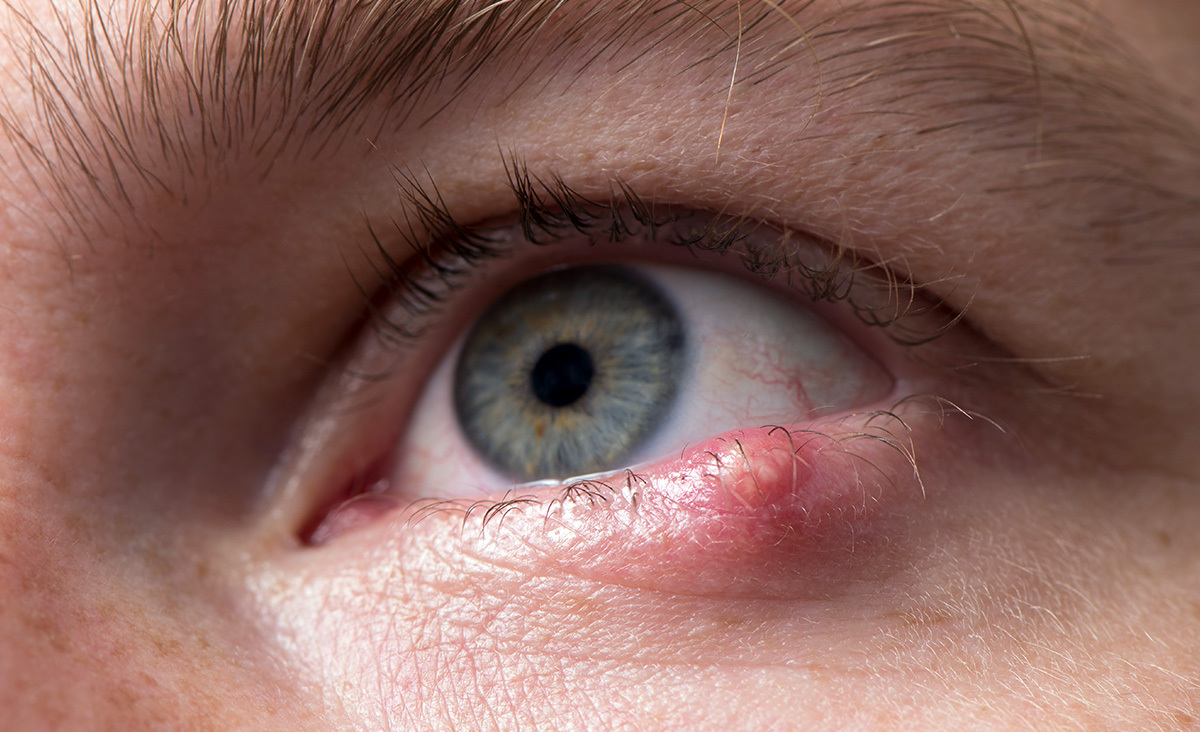Basal Cell Carcinoma
Posted on
Did you know that Basal Cell Carcinomas account for 90-95% of eyelid malignancies? Basal Cell Carcinomas are a type of skin cancer that’s commonly found on the face due to sun exposure. Cancerous lesions can grow on the eyelids which can lead to changes in appearance and function of the eyelid if left untreated. Keep reading to arm yourself with eye-opening knowledge, including risk factors, symptoms, and treatment options.
Am I at Risk?
Basal Cell Carcinoma, or BCC, most commonly occurs in patients aged 60-80. The biggest risk factors being chronic UV exposure and family history of skin cancers.
What Are the Symptoms?
Symptoms may include*:
- Ulceration and bleeding
- Non-healing skin lesion
- Skin crusting
- Paresthesia or anesthesia
- Eyelash loss (madarosis)
- Distortion of normal eyelid margin or tissue architecture
- Shiny, skin colored bump or brown/black/blue lesion
*Some patients may be asymptomatic.
How Is It Treated?
Treatment options may include a topical cream that’s been shown to be effective or surgery, which is even more effective. More aggressive cases may be treated with medication. Radiotherapy may also be another treatment option for unsuitable surgical patients.
What’s the Prognosis?
While the five-year cure rate is 98%, we recommend following up with your eye care provider after treatment for yearly exams to monitor your eye health.
How Can I Protect Myself Against BCC?
There’s really one thing you can do to protect yourself against BCC: Avoid extensive sun exposure. If you are spending time in the sun, make sure you’re wearing sunglasses and a wide-brimmed hat.
If you have more questions or are concerned about the health of your eyes, please contact us at https://eyeqvc.com/contact-us/ to schedule a check-up or an initial consult with one of our providers.
